Food costs here in Hawaii can be very high (or not). I’m often amazed by visitors fresh from the plane buying hundreds of dollars of overpriced food at the grocery store. If you’re going to be here for a week or so, just a little extra planning could put hundreds of dollars of savings in your pocket. Enough to pay for that expensive excursion you might otherwise be avoiding.
So here are some tips for saving money on food.
- Plan ahead. Think about what you’re likely to be needing (before you leave home) and come prepared with a basic shopping list.
- Be careful at Costco, Walmart, Sam’s Club and Long’s. These are stores where the name of the game is impulse buying, which can easily double or triple your food bill. Sometimes just having a grocery list can help keep you on track. These stores are fine-tuned for visitors, which account for about one-third of their Hawaii business.
- Grocery store loyalty cards. A number of Hawaii grocery store chains have these. In combination with sales, they can often reduce of items by 50%. Some of these include Safeway, Foodland (and its related brands), and Times Market.
- Farmers markets. These can sometimes be a good deal. Sometimes not. Local produce and seafood can also be found in grocery stores, at local stands, and on trucks parked along the road. Many times these are far better deals. Some of our farmers markets are also notorious for selling things not even grown in Hawaii, so use a little buyer beware sense. As an example, I recently bought 25 pounds of rambutan off a truck parked along the road. Total cost was $20, or $.80 per pound. The same rambutan (probably from the same farm) were being sold at Costco for $5 per pound.
- Weekly and in-store specials. Even as a visitor, consider having a look at the grocery ads if you plan on doing much cooking.
- Clearance items. Check for clearance items in the store. These are a bigger deal in Hawaii than on the mainland, since shipping and delays often result in damage of various kinds.
- Don’t shop when you are hungry. We all know that when we shop hungry, we end up buying things that we would never buy otherwise. It is funny, but so true.
- Prepare for substitution. Here in Hawaii it is often essential simply due to lack of availability. Mainland shoppers are used to going to the store and finding exactly the product they have in mind. But when you find that leeks cost $5/lb, you might want to just consider onions at one-fifth the price. You can seriously control your grocery bill if you follow this tip in Hawaii.
- Avoid bottled water. What you get out of the tap in Hawaii is better than what’s in the plastic bottle. Check out our thoughts on this.
Get Breaking Hawaii Travel News
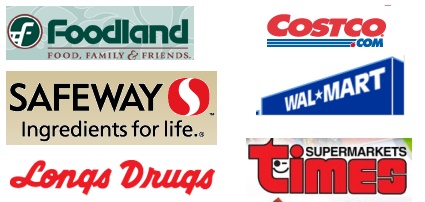
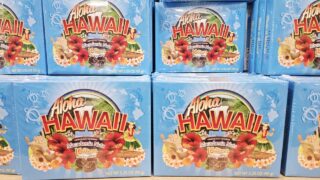
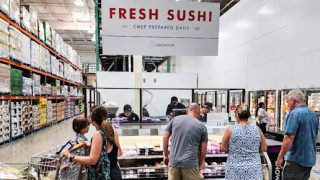
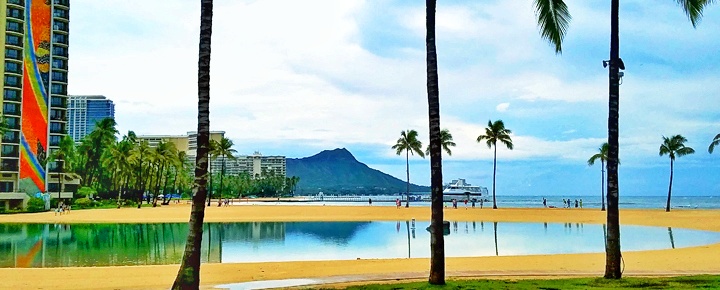
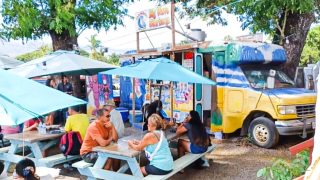

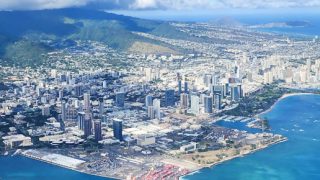
I make a grocery list before we get to Hawaii. Otherwise I tend to get more than we can eat in a week. I also have brought cereal, bread, jelly and peanut butter in my luggage (using the same space for souveniers on the way home), but that may be impractical now with the checked bag charges.
At one grocery store on Oahu, I had chosen items based on the loyalty card price. When I went to check out, all I had to do was ask if I could get those prices and the clerk used a card he had to make my groceries ring up at the lower price. Very easy savings just for the asking.